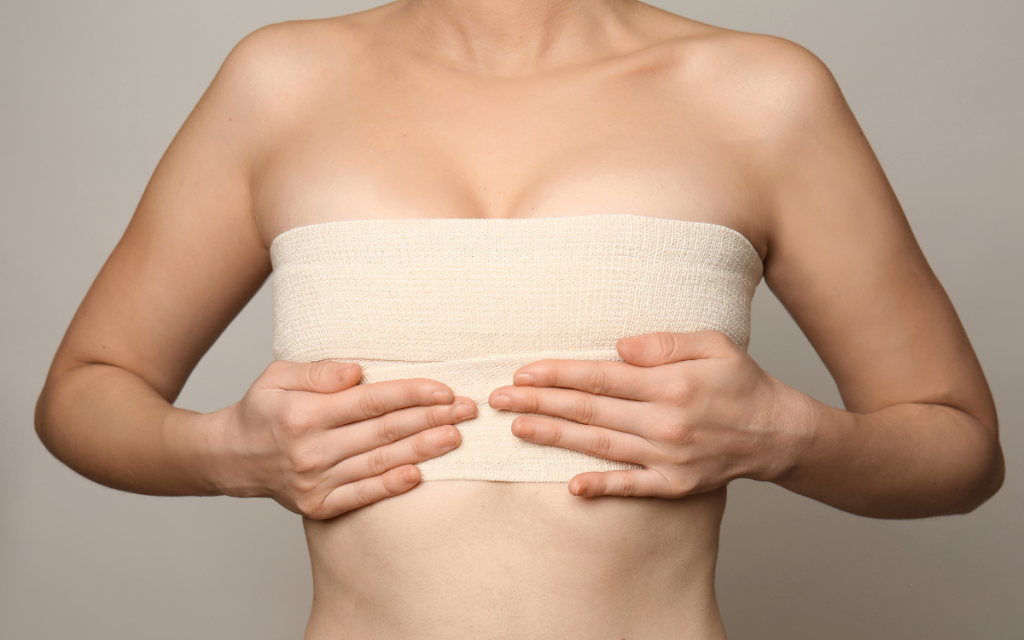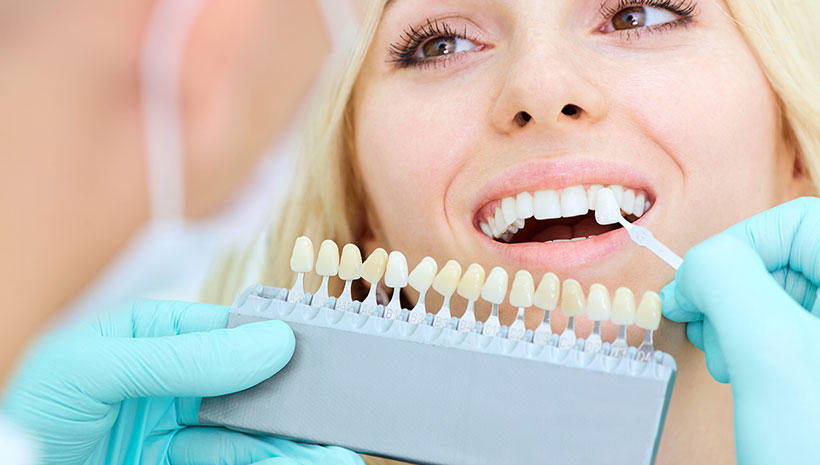
Composite implants are one of the best ways to correct a Asian nose. For augmentation, you can use cartilage from your nose or ribs. Dr. Chow is most likely to use cartilage to modify the tip of the nose. He has the unique ability to use cartilage from a wide range of sources for augmentation and reshaping the nose.
Autologous rib cartilage
Asian rhinoplasty is one of the most challenging procedures in facial plastic surgery. Many Asian patients seek to achieve a more refined and high nasal bridge. Various augmentation techniques can be used to achieve the desired results. One of the most versatile graft materials is autologous rib cartilage. This tissue can be used in multiple ways, including for augmentation or the formation of new dorsal elevation.

Sliced cartilage fascia
The dorsum, or bony part of the nose, runs between the eyes and the tip. A surgeon can improve the dorsum either by placing a synthetic implants or adding diced cartilage facia grafts. This is the natural-looking option, as the surgeon can shape the cartilage to suit the patient's needs.
Shield grafts
For Asian nose surgery, shield grafts are an option. They can be used in order to restore the nose's original height and shape. A cartilaginous shield is used to create a new domed shape. The graft can either be straight or smooth. Or it can be flat or ridged. You can have one layer or multiple layers. The surgeon will determine the number of layers necessary based upon how much projection is required.
Skin grafts
Asian nose skin surgery is not always successful. The Asian nose envelope is extremely thick and can prove difficult to narrow using traditional methods. Dr. X often uses structural cartilage and grafts to improve the appearance of the nose while maintaining the thickness of the soft tissue. He may also use a combination or both of these techniques to enhance the appearance of your nose.
Silicone nasopharynx
After undergoing rhinoplasty, an Asian patient complained of a silicone nasopharynx implant that had moved. This was the fault a different plastic surgeon. The result was an unattractive shadow around the upper nasal bridge. The contour of this area was initially fine after surgery, but after a year, the contour was still not perfect.

Alar base modification
There are many ways to modify and narrow the alar base or nostrils. However, few studies have focused on Asian patients. One technique that might be helpful for Asian patients may be combined sill/alar removal. This treatment addresses both wide nostrils, and alar flare. This technique was evaluated in a retrospective cohort study.